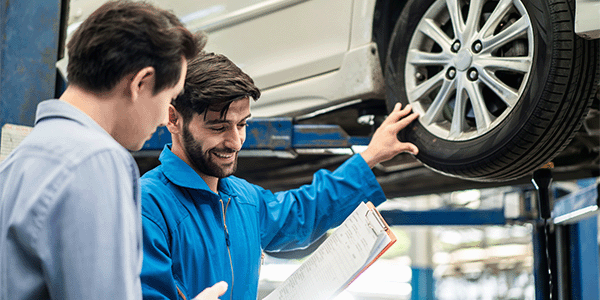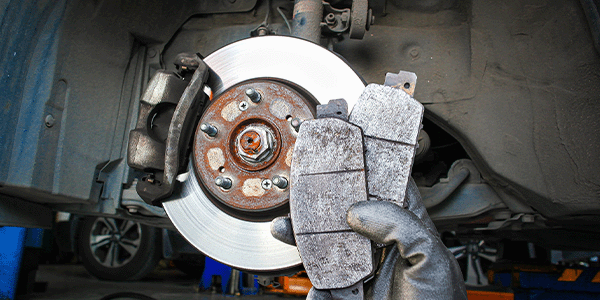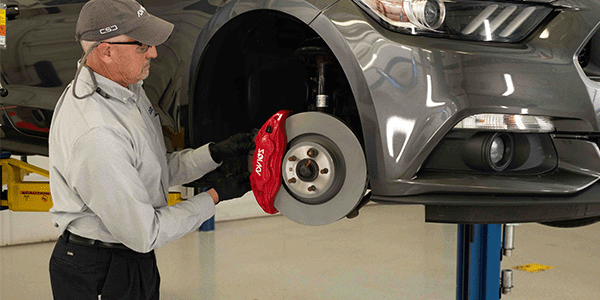
Friction is the force resisting the relative motion of elements sliding against each other. It is the brake pads pushing against a rotor that changes kinetic energy into heat energy.
If you could mount a microscope on a brake pad, you would see bits and pieces of the pad and rotor breaking away from the surfaces as they contact the rotor. This violent action breaks the bonds and generates heat.
The bottom line is that, for the brakes to function, the rotors and pads have to wear. Even a brake rotor’s metallurgy can determine how a pad wears. For import nameplate vehicles, the chemistry of the pads is part of the equation that determines how the brakes feel and perform.
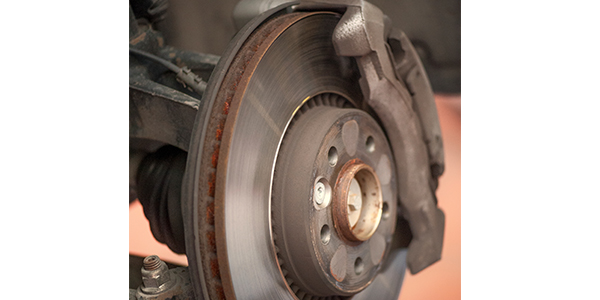
Two Types of Friction
So, friction is friction right? Wrong. There are two types of friction when it comes to brakes.
Abrasive friction is the breaking of bonds of both the pad material and the cast iron of the disc when the caliper pushes them together. This is the kind of friction material that is used for some older European applications.
Adherent (or adhesive) pad material forms a very thin transfer layer of pad material on the surface of the rotor. The two surfaces are the same materials and generate friction by breaking or shearing the bonds in the pad. This type of friction material has been popular on Asian applications for more than 30 years.
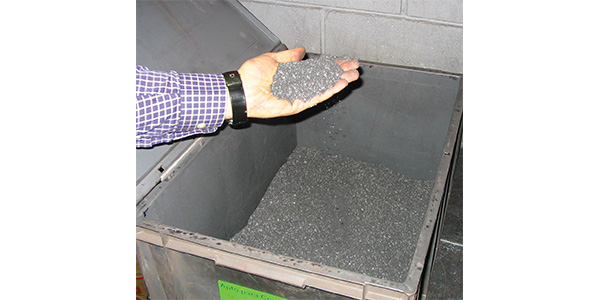
Abrasive friction is the wearing of the pad and rotor to change forward motion into heat. Both components wear. Semi-met pads and some non-asbestos organics (NAO) use this type of friction.
Adherent (or adhesive) pad material transfers a very thin layer of pad material onto the surface of the rotor. Ceramic and some NAO pads use this type of friction. The transfer layer is bonded to the rotor’s surface and cannot be washed away by water or wheel cleaners. The only way to remove it is with a brake lathe or abnormal heat.
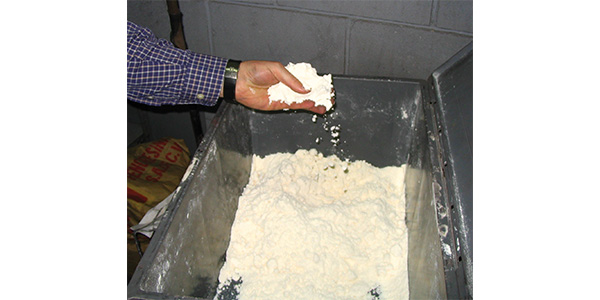
The transfer layer is always being worn and replenished by the brake pad during braking. These pads produce dust. Adherent friction is easier on rotors, but the pads become the primary wear component.
With both types of friction, it is critical for the rotor to have minimal runout. Abrasive friction materials will wear away at high spot of the runout, creating disc thickness variation and pulsation. Adhesive or adherent friction material could deposit the friction material unevenly and cause brake judder.
Ceramic and NAO
Ceramic pads’ structural properties are very stable under high temperatures. Ceramic materials that go into a brake pad are very small strands that are engineered to be a certain length and width.
There are three advantages of ceramic pads in certain applications. First, since the ceramic materials offer stable performance under a wide range of temperatures, they can offer quiet performance. Second, ceramic brake pads manage heat in the caliper better on some vehicles than some non-ceramic applications. Third, ceramic brake dust doesn’t show up on, or stick to, wheels like some other brake pad formulations.
Non-asbestos organic (NAO) friction materials typically wear more than harder semi-metallic compounds. Generalizing about the wear characteristics of NAO and ceramic-based compounds is difficult because there are so many variations. Wear varies depending on the formula the friction supplier chooses for a particular application.
Semi-Metallic
Semi-metallic pads use metal fibers to give structure and provide friction. The metals used are typically high-quality steel, copper and other exotic metals. Some European application use semi-metallic friction materials because they can generate high friction levels at low temperatures and the friction levels increase as the rotor and pad temperatures increase. The abrasive action wears away at the rotor and creates rotor dust that can stick to the wheel.
Hybrids
Some friction manufacturers are picking and choosing the best properties of ceramic, NAO and semi-met to make hybrid brake pads that are quiet, but still have aggressive performance. Some of these pads are problem-solvers for known noise-prone vehicles.










